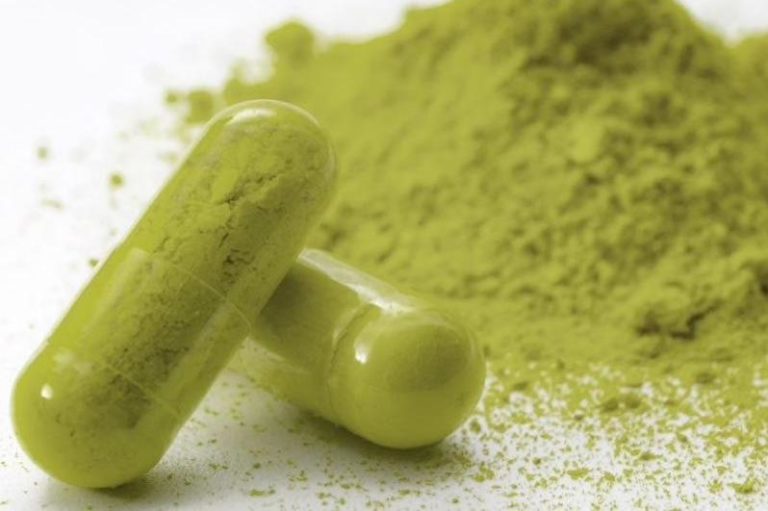Kratom: What We Know

Since publishing that notice, the DEA has heard from many concerned members of the public challenging the Schedule I action and requesting that they strongly consider their comments. Many people reported how helpful this particular herbal remedy has been. A decision was made to hold off on imposing the ban on a temporary basis while the DEA awaits further analysis by the FDA. This does not mean, of course, that kratom will not eventually be made illegal.
Kratom’s Path to Controversy
Kratom has been used in Southeast Asia for many years to treat fatigue, cough, diarrhea, pain, and opioid withdrawal and its leaves may produce stimulant effects as well. As kratom has been used increasingly, especially in [the United States], the number of reported adverse events associated with its use has also increased. This has called people’s attention to the need to perhaps regulate kratom and its production. Early reviews of the use of kratom suggested that there was inconclusive evidence for prescribers to recommend this herbal remedy to their patients for any specific condition.
Kratom was previously regulated as an herbal product by the FDA. Therefore, it has been considered a legal substance in the United States. It is important to note, however, that even though that is the case, several states in the United States have already taken action. Florida, Wisconsin, Tennessee, Alabama, Arkansas, and Indiana have cast legislation banning the sale and possession of kratom, even though literature regarding kratom has dramatically increased over the past 4-5 years. Again, there have been no controlled studies regarding the use of this agent, and formal safety and efficacy studies are lacking. This is despite an increasing number of people using this agent because they feel that it might be helpful for opioid withdrawal symptoms and for pain relief, which ultimately led to the backlash against the DEA’s proposed ban on kratom.
Opioid-Like Effects
The DEA has emphasized that its concern stemmed from the opioid-like effects that have been noted in animal studies, and the suggestion that kratom and related substances—the mitragynines—may interact with opioid receptors. A variety of studies has shown dose-dependent effects of these agents, which are in some ways similar to opiates and in some ways different.
High doses of kratom have been associated with multiple side effects, including nausea and vomiting. Several anecdotal reports by kratom users have suggested beneficial effects in the management of pain and opioid withdrawal, as well as in depression and anxiety. Other studies have shown that some people may seek kratom for its mind-altering effects and, if used on a regular and long-term basis, may become addicted or dependent. These same studies have described kratom withdrawal symptoms resembling those of opiates. Users also note, however, that they do not feel high when using kratom and that the withdrawal symptoms associated with it are milder than with opiates.
Another recent concern of the DEA has been the increasing reports of adulterated kratom, with reported side effects of tachycardia, seizures, and liver damage, as well as death in a few instances. You can see that we do not have any conclusive information about how effective this herbal remedy might be, where its safety margin is, and how to best use it, let alone control its production in such a way that we will not be exposed to adulterated forms of this commonly used herbal remedy.




